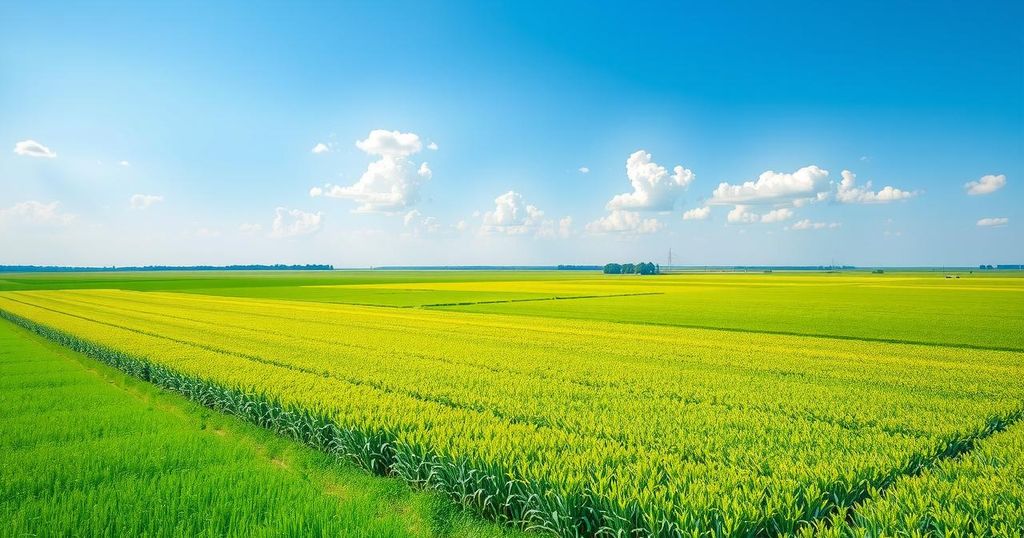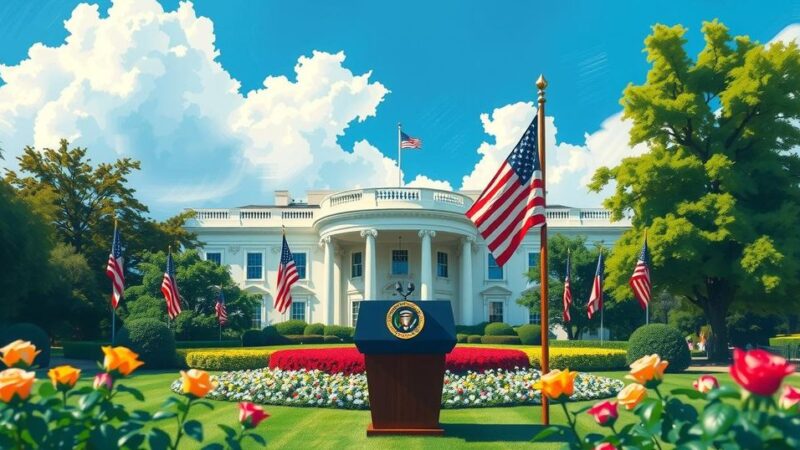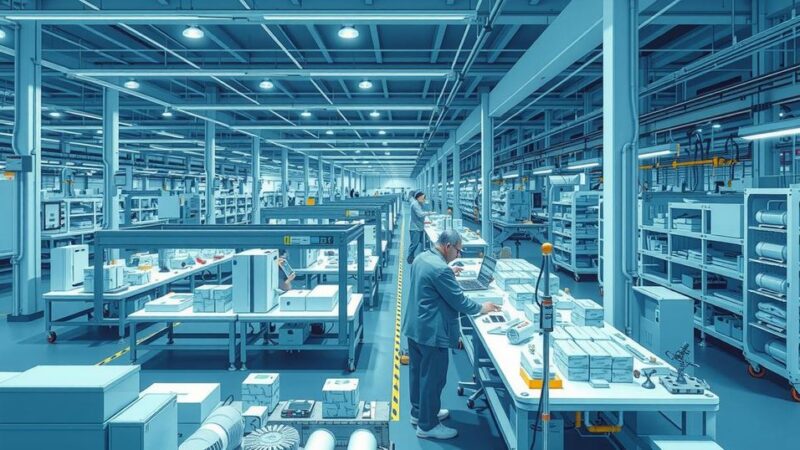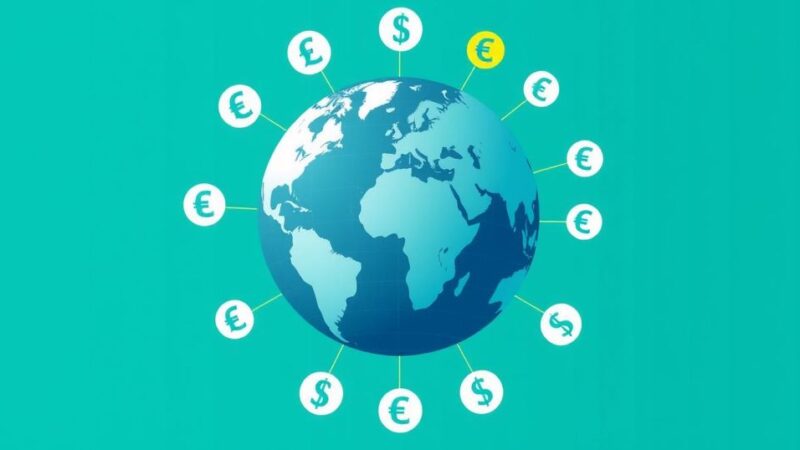Brazil’s fertilizer imports are experiencing significant growth, reaching levels not seen since 2022. Favorable exchange ratios have led to increased purchases, as indicated by a Rabobank survey. Strategic import decisions are anticipated based on price attractiveness amidst challenges such as high costs and exchange rate fluctuations.
Brazil’s fertilizer import activity has intensified recently, reaching levels not observed since 2022, influenced largely by supply chain disruptions from Russia’s invasion of Ukraine. Producers are taking advantage of a favorable exchange ratio between grains and fertilizers to increase their imports substantially.
A Rabobank survey indicates that from November 2024 to January 2025, 18% of the total fertilizer volume expected for the 2025/26 crop season was purchased. This figure marks a considerable increase compared to just 8% during the same timeframe in the previous season. Additionally, January acquisitions rose to 7% of projected usage, an increase from 5% the previous year.
Bruno Fonseca, an analyst at the Dutch agribusiness bank, noted a sharp rise in potassium chloride sales due to attractive pricing. However, investments in phosphorus are expected to remain restrained as high prices deter early procurement.
Moreover, the consulting firm Argus reports a notable increase in imports of monoammonium phosphate (MAP), crucial for soybean, corn, and wheat crops. January imports reached 283,300 tonnes, over double the 144,100 tonnes observed in January 2024.
Argus forecasts continued import growth, although it highlights that purchases may become more strategic based on input price attractiveness to mitigate exchange rate variations affecting foreign input acquisition decisions.
One likely outcome is the anticipated increase in imports of single superphosphate (SSP), especially as it becomes more cost-effective than MAP. Argus predicts this could lead to an 18% to 23% rise in imports in upcoming weeks.
Producers are swiftly responding to the improved exchange conditions, with current price lock-ins for the 2025/26 soybean crop aimed at capitalizing on the dollar’s value, as pointed out by Luiz Pedro Bier, vice president of Aprosoja Mato Grosso. Despite a downward trend in soybean prices on the Chicago Board of Trade, the dollar’s appreciation is expected to offset this decline.
Industry stakeholders emphasize that producers are actively seeking favorable purchasing conditions. Cooperatives are reportedly employing aggressive strategies to sell fertilizers ahead of the second crop planting season, though restocking will hinge on declines in the dollar’s exchange rate.
Experts foresee that tight margins and high phosphate costs will continue through 2025, significantly influencing financial planning throughout the supply chain.
The surge in Brazil’s fertilizer imports reflects a strategic response to favorable grain-fertilizer exchange ratios and the need to adapt to evolving market conditions. Producers are keenly aware of the financial implications of input costs and currency fluctuations, leading them to make informed purchasing decisions. Industry insights signal a continued trend of proactive management in the face of tight margins and high phosphate prices as the agricultural sector navigates the forthcoming crop seasons.
Original Source: valorinternational.globo.com






